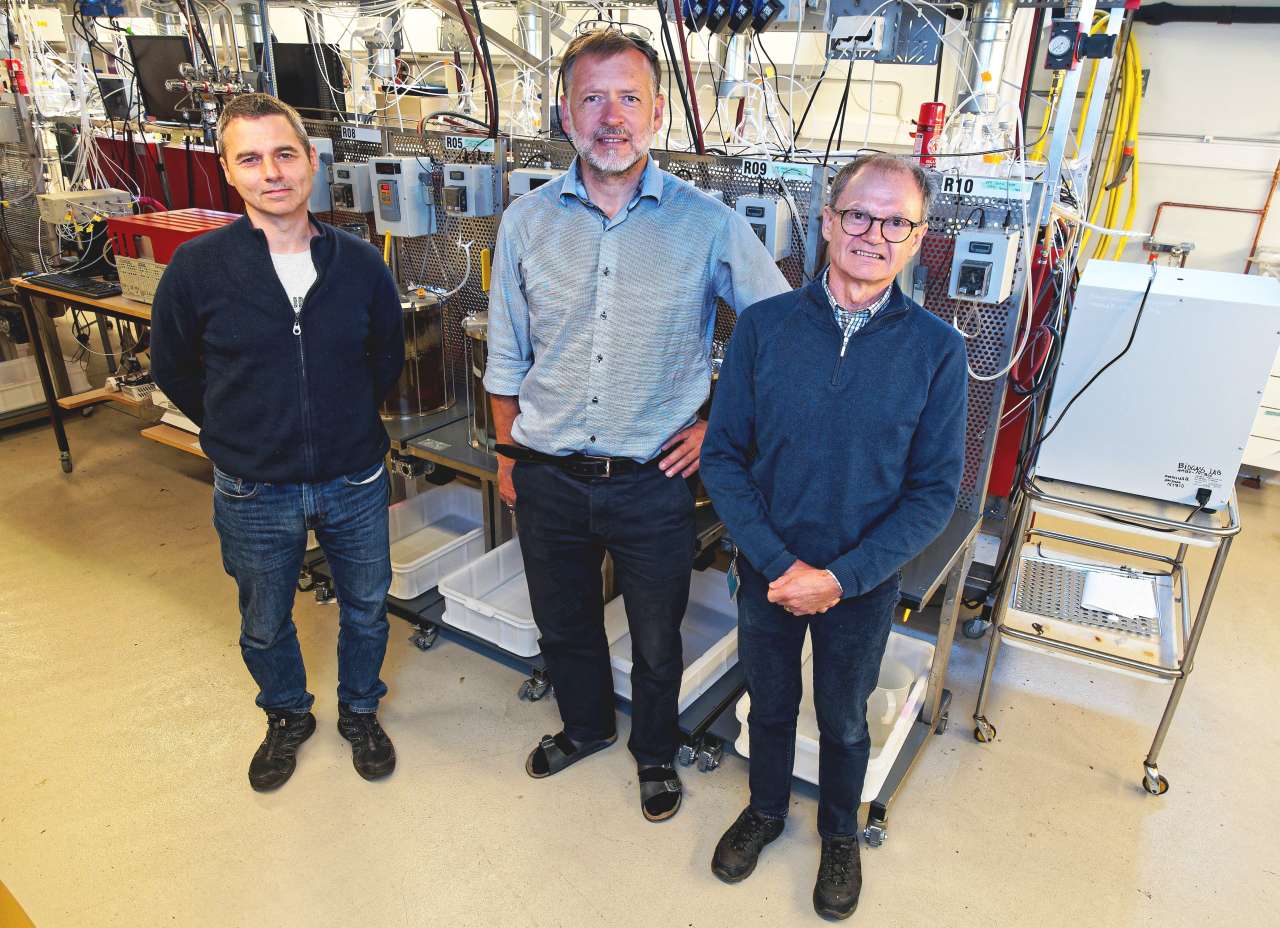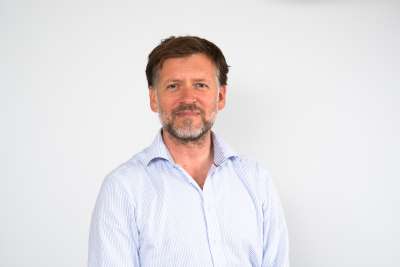Researchers hope to get more out of biogas

Photo: Georg Mathisen
Increasing biogas use is an important environmental measure in Norway’s transition to a low-emission society. At the biogas lab in Ås, researchers are developing new solutions to make better use of biogas.
Biogas is used for electricity, heat, and as fuel. Plus, it is generated from organic waste.
“We are working with things that are soggy, smell bad and no one else wants. Food waste, sewage and animal manure. Any type of organic material, and everything that is too wet to burn,” says Roald Aasen, researcher at NIBIO.
Together with NMBU professors Svein Jarle Horn and John Morken, Aasen runs the biogas lab in Ås. Among other things, the lab tests how well different combinations of organic waste work as raw materials for generating biogas. They are also looking at how the pretreatment and process can be improved.
In recent years, the researchers at the lab have particularly focused on adding hydrogen into the biogas reactors to upgrade the biogas into pure biomethane. This increases the energy content of the gas produced. The researchers use microorganisms that convert carbon dioxide and hydrogen into biomethane.
Normally, biogas consists of 50 to 70 percent methane.
“We have got it up to 95 percent when we upgrade the gas further with hydrogen,” says Aasen.
NIBIO researcher Michal Sposób is carrying out trials with different plastic filter materials – what he calls “biofilm carriers” – on which the microorganisms can grow in special reactors. Sposób leads the work with biogas at the research center Bio4Fuels.
“We use biogas together with hydrogen. The microorganisms convert carbon dioxide (from biogas) and hydrogen, into methane and water. Perhaps it will be possible to connect this directly to the biogas reactors so that we get a biogas with a very high concentration of biomethane,” he says.
Contacts

Roald Aasen
Research Scientist
-
Division of Environment and Natural Resources
(+47) 976 22 305 roald.aasen@nibio.no Office Location: Ås Vollebekk
Contacts

Roald Aasen
Research Scientist
-
Division of Environment and Natural Resources
(+47) 976 22 305 roald.aasen@nibio.no Office Location: Ås Vollebekk
